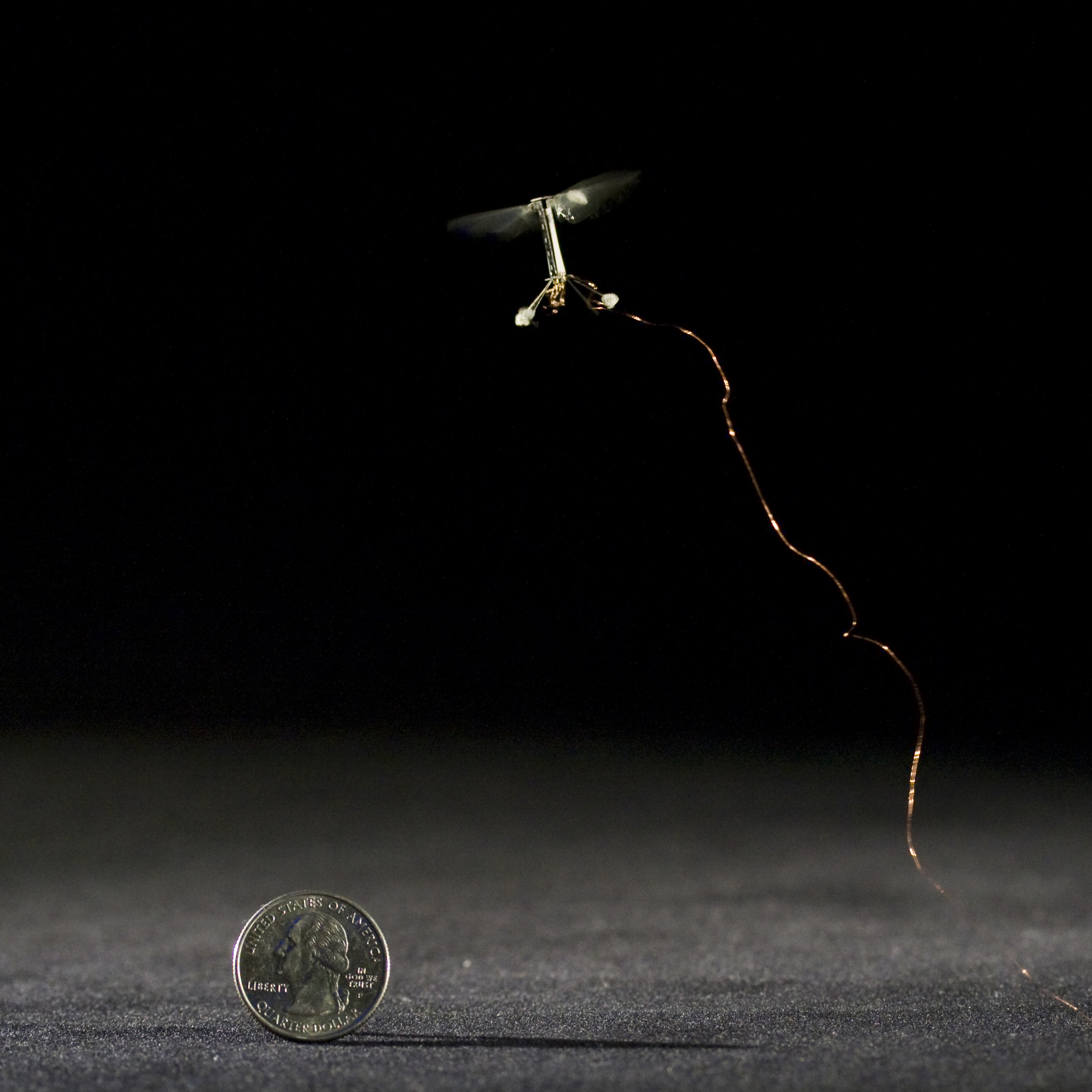PROGRAMMED TINY ROBOTS TO MOVE AND THINK LIKE INSECTS
While engineers have had success building tiny, insect-like robots, programming them to behave autonomously like real insects continues to present technical challenges. A group of Cornell University engineers has been experimenting with a new type of programming that mimics the way an insect’s brain works, which could soon have people wondering if that fly on the wall is actually a fly.
The amount of computer giving out gift needed for a machine to prudence a gust of wind, using tiny hair-behind metal probes embedded regarding its wings, familiarize its flight accordingly, and strive for its passage as it attempts to house upon a swaying flower would require it to carry a desktop-size computer upon its assuage. Silvia Ferrari, professor of mechanical and aerospace engineering and director of the Laboratory for Intelligent Systems and Controls, sees the emergence of neuromorphic computer chips as a magnify to shrink a robots payload.
Unlike stated chips that process combinations of 0s and 1s as binary code, neuromorphic chips process spikes of electrical current that blaze in obscure combinations, same to how neurons blaze inside a brain. Ferraris lab is developing an extra class of involve-based sensing and manage algorithms that mimic neural bustle and can be implemented amid than reference to neuromorphic chips. Because the chips require significantly less gift than acclaimed processors, they consent to engineers to pack more computation into the same payload.
Ferraris lab has teamed in the works taking into account the Harvard Microrobotics Laboratory, which has developed an 80-milligram on high RoboBee outfitted when a number of vision, optical flow and society sensors. While the robot currently remains tethered to a power source, Harvard researchers are vigorous on eliminating the restraint gone the proceed of supplementary carrying out sources. The Cornell algorithms will encourage create RoboBee more autonomous and regulating to obscure environments without significantly increasing its weight.
Getting hit by a wind gust or a vacillation entre would cause these little robots to lose run. Wenearly developing sensors and algorithms to let RoboBee to avoid the disaster, or if crashing, survive and still soar, said Ferrari. You cant in fact rely regarding prior modeling of the robot to buy this, as a result we suffering sensation to manufacture learning controllers that can become accustomed to any business.
To eagerness maintenance taking place front of the issue-based algorithms, a virtual simulator was created by Taylor Clawson, a doctoral student in Ferraris lab. The physics-based simulator models the RoboBee and the instantaneous aerodynamic forces it faces during each wing combat. As a result, the model can neatly predict RoboBees motions during flights through perplexing environments.
The activity is used both in chemical analysis the algorithms and in designing them, said Clawson, who has successfully developed an autonomous flight controller for the robot using biologically inspired programming that functions as a neural network. This network is talented of learning in real times to account for irregularities in the machine introduced during manufacturing, which make the machine significantly more challenging to manage.
Aside from greater autonomy and resiliency, Ferrari said her lab plans to to the fore society RoboBee behind count micro devices such as a camera, expanded antennae for tactile feedback, entre sensors on the subject of the robots feet and airflow sensors that see gone tiny hairs.
Weregarding using RoboBee as a benchmark robot because its correspondingly challenging, but we think substitute robots that are already untethered would greatly gain from this money happening front because they have the associated issues in terms of gaining, said Ferrari.
One robot that is already benefiting is the Harvard Ambulatory Microrobot, a four-legged machine just 17 millimeters long and weighing less than 3 grams. It can scamper at a quickness of .44 meters-per-second, but Ferraris lab is developing matter-based algorithms that will guidance garnish the robots vivaciousness behind agility.
Subscribe to:
Post Comments (Atom)
/cdn.vox-cdn.com/uploads/chorus_asset/file/3920018/koh2HR.0.jpg)

No comments:
Post a Comment